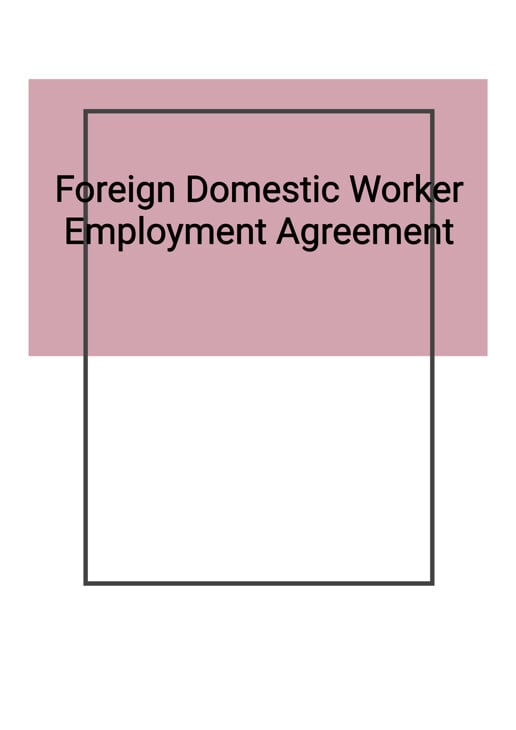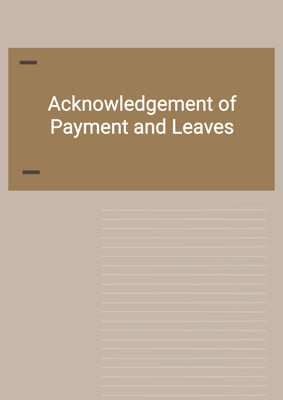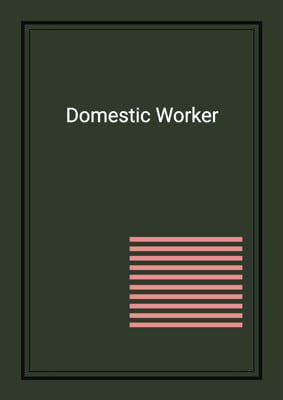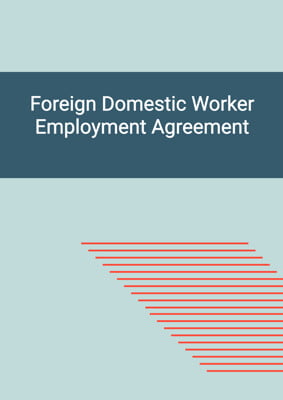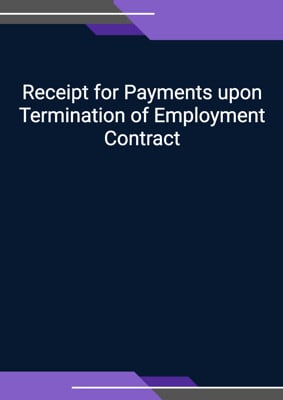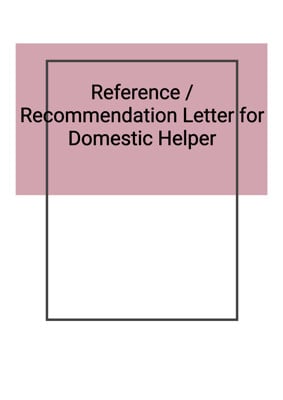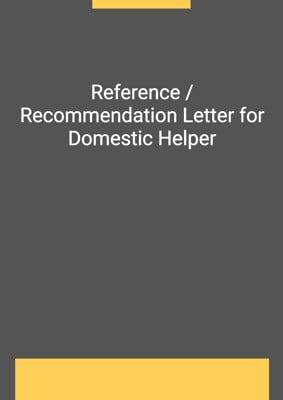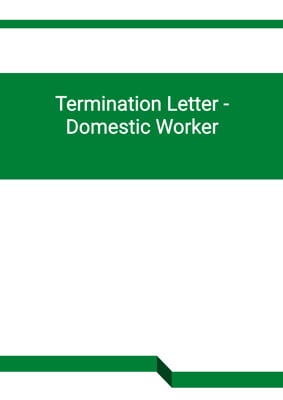How to Tailor the Document for Your Need?
01
Create Document
Fill in the details of the parties. You can click the "Fill with Member’s Information" button to complete it with information saved to your account.
02
Fill Information
Please fill in any additional information by following the step-by-step guide on the left hand side of the preview document and click the "Next" button.
03
Get Document
When you are done, click the "Get Document" button and you can download the document in Word or PDF format.
04
Review Document
Please get all parties to review the document carefully and make any final modifications to ensure that the details are correct before signing the document.
Document Preview
Document Description
The Foreign Domestic Worker Employment Agreement is a document that outlines the terms and conditions of employment for a domestic helper. It is important as it serves as a legally binding contract between the employer and the worker, ensuring that both parties are aware of their rights and responsibilities.
The entire document consists of 21 clauses, each addressing different aspects of the employment agreement. Clause 1 states that the worker's place of origin is a specific country. Clause 2 specifies the period of employment, which starts from the worker's arrival in the jurisdiction state. Clause 3 states that the worker will work and reside in the employer's residence, with the employer providing safe working conditions.
Clause 4 outlines the duties of the worker, which are limited to domestic duties as specified in the attached schedule. The worker is not allowed to take up any other employment. Clause 5 addresses the payment of wages, which should not be less than the minimum allowable wage set by the government. The employer is also responsible for providing suitable accommodation and at least three meals a day.
Clause 6 guarantees the worker's entitlement to rest days, statutory holidays, and paid annual leave. The employer must provide a certain number of hours of continuous rest daily and agree on a rest day each month. Clause 7 states that the employer is responsible for the worker's transportation to and from the place of origin, as well as providing a daily food and traveling allowance.
Clause 8 outlines the fees and expenses that the employer is responsible for, including medical examination fees, authentication fees, visa fees, insurance fees, and administration fees. The employer must reimburse the worker for any costs paid by the worker with proper receipts.
Clause 9 ensures that the employer provides free medical treatment to the worker in case of illness or injury. Compensation will be provided for work-related injuries. Clause 10 guarantees the worker's right to seek advice/help from relevant bodies/authorities.
Clause 11 allows either party to terminate the agreement by giving notice or payment in lieu of notice. Clause 12 requires both parties to inform the immigration authority of the termination. Clause 13 addresses the possibility of entering into a new agreement or extending the existing agreement, with the worker being entitled to a paid vacation.
Clause 14 states that the employer will bear the cost of transporting the worker's remains and personal property in the event of the worker's death. Clause 15 specifies that any variations or additions to the agreement must be made with the consent of the relevant authority. Clause 16 confirms that the worker has undergone a medical examination and is fit for employment.
Clause 17 states that any substantial variations or additions to the agreement must be agreed upon by both parties and witnessed. Clause 18 clarifies that the English language version of the agreement prevails in case of any conflict or inconsistency. Clause 19 provides for mediation of disputes by the employment agency and alternative dispute resolution mechanisms.
Clause 20 states that the agreement is governed by the laws of the jurisdiction state, with work permit conditions and government regulations superseding any conflicting terms. Clause 21 clarifies that the worker is entitled to other entitlements under relevant laws.
Each section of the document provides specific details and requirements, ensuring that both the employer and the worker have a clear understanding of their rights and obligations.
How to use this document?
1. Provide information: Enter the employer's and worker's information, including their names and addresses. This ensures clear identification of both parties.
2. Specify the period of employment: Clearly state the start date and duration of the employment. This ensures that both parties are aware of the agreed-upon timeframe.
3. Describe the worker's duties and working conditions: Provide a detailed schedule of accommodation and domestic duties. This ensures that both parties understand the scope of work and the conditions under which the worker will be employed.
4. Agree on wages and payment terms: Specify the monthly wage and the method of payment. Also, clarify any additional benefits, such as accommodation and meals. This ensures transparency and avoids any misunderstandings.
5. Address rest days and leave entitlements: Clearly state the worker's entitlement to rest days, statutory holidays, and paid annual leave. Also, specify the number of hours of continuous rest daily. This ensures that the worker's rights to rest and time off are protected.
6. Discuss transportation and allowances: Clarify the employer's responsibility for providing transportation to and from the worker's place of origin. Also, specify the daily food and traveling allowance. This ensures that the worker is aware of their entitlements.
7. Address fees and expenses: Clearly state the employer's responsibility for paying fees and expenses related to the worker's departure and entry into the jurisdiction state. This ensures that the worker is not burdened with these costs.
8. Provide for medical treatment and compensation: Specify the employer's responsibility for providing free medical treatment to the worker in case of illness or injury. Also, address compensation for work-related injuries. This ensures the worker's well-being and protection.
9. Inform about termination procedures: Clearly state the notice period required for termination and the circumstances under which the agreement can be terminated without notice. Also, specify the requirement to inform the immigration authority. This ensures that both parties understand the termination process.
10. Discuss the possibility of extension or new agreement: Address the possibility of extending the agreement or entering into a new agreement. Specify the conditions and entitlements related to extension or new agreement. This ensures clarity and options for both parties.
11. Address other important matters: Clarify the employer's responsibility in case of the worker's death and any substantial changes to the agreement. Also, provide for dispute resolution mechanisms. This ensures that all important matters are addressed and potential conflicts are resolved.
12. Comply with relevant laws and regulations: Ensure that the agreement complies with the laws and regulations of the jurisdiction state. This ensures legal validity and enforceability of the agreement.
Note: This guidance provides a summary of the steps involved in using the document. It is important to refer to the actual document for complete and accurate information.
Not the right document?
Don’t worry, we have thousands of documents for you to choose from:
